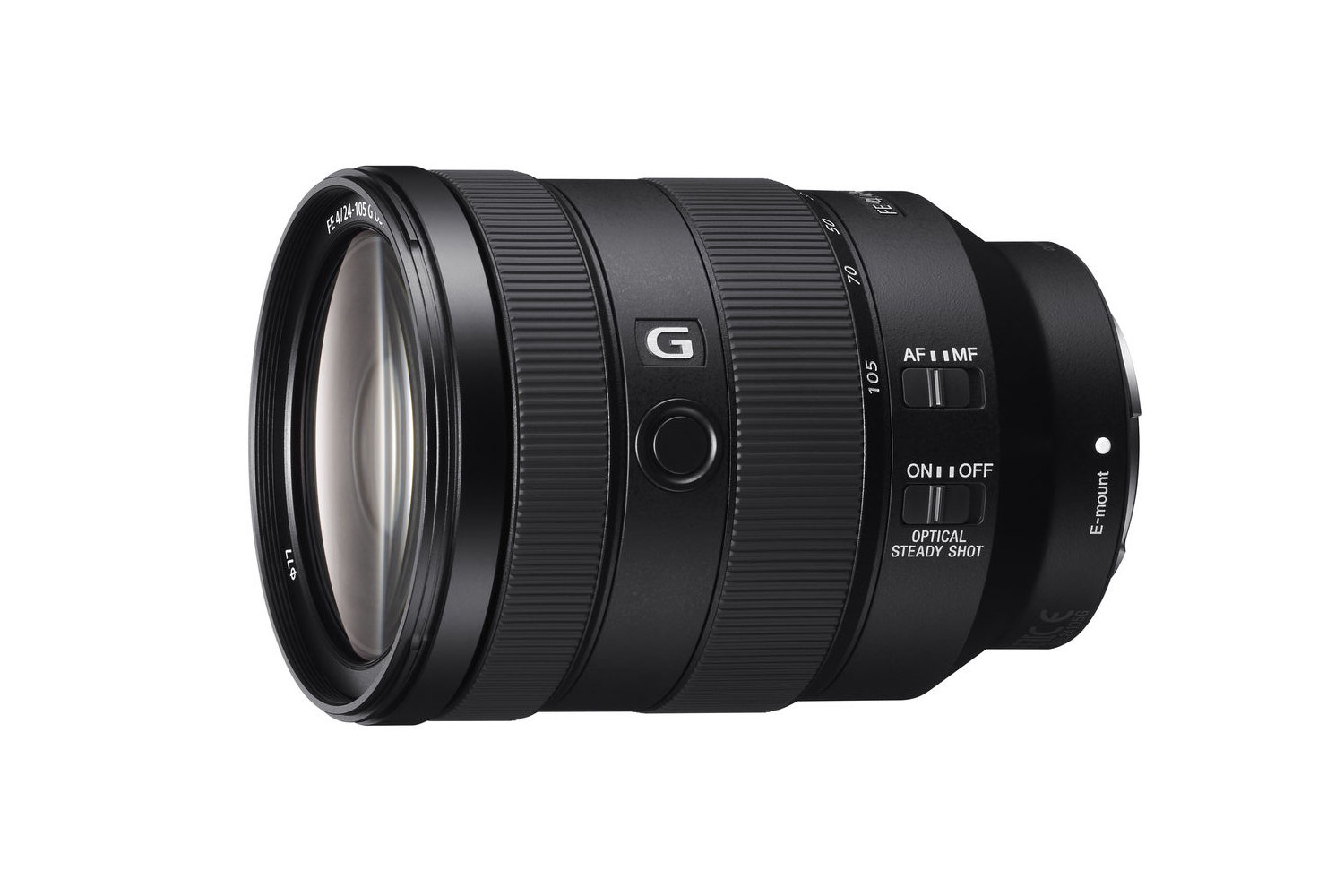Don’t throw money at the ‘best’ lenses. Think about getting the RIGHT ones instead
One of the hardest parts of getting on the camera buying carousel is knowing when to get off

I have a Sony A7R II. It’s pretty old tech now, but 42MP is still high-end resolution and I got it cheap when it was near the end of its on-sale life. It offers exceptional image quality and I didn’t pay for a whole lot of features I didn’t need like uncropped 4K video and high burst rates. I’ve got other cameras that can do that.
But this isn’t about the camera – it’s about the lenses. I wanted to get lenses for it that didn’t break the bank but reflected its capabilities and potential performance. But I also wanted lenses I would actually use.
There are lots of very, very good Sony lenses, especially the G Masters. However, not only are they expensive, they are also very big. If I went that route I would be spending A LOT of money on lenses that are faster than I need and too big for me to enjoy using them.
Two zooms for the price of one?
I settled on the Sony FE 24-105mm f/4 G OSS instead of the Sony FE 24-70mm f/2.8 GM II as a ‘kit’ lens because I was happy to swap an f-stop in aperture for the extra zoom range. I’d used the 24-105mm a lot and I knew what it was capable of. It's no G Master, but it's not far off.
The money I saved let me buy a ‘free’ lens and I chose the Vario-Tessar T* FE 16-35mm f/4 ZA OSS. It’s half the price of Sony’s other ultra-wide zooms. It’s maybe not quite as good at the edges wide open, but it’s smaller, lighter, a heck of a lot cheaper and has optical stabilization.
These are not Sony’s best lenses. But they are pretty good by any standards and I’m happy that they are a proper reflection of what I spent on the camera. I didn’t want to get caught up in the ‘upsell’ cycle where we think, “if I spend that little bit more I can get this… and then this… and this…”
The Zeiss lens is quite compact, but the Sony 24-105mm is pretty huge, so I also wanted some smaller, faster primes for walkaround and travel photography and for gimbal use.
The best camera deals, reviews, product advice, and unmissable photography news, direct to your inbox!
'Better' and 'cheaper' can go together
Now Sony makes some excellent f/1.4 G Masters. I’ve used most of them. But they are big and they are expensive. They might be the most desirable optically, but to put it simply they don’t do what I want. Even Sony’s regular G lenses are pretty pricey, and while I really like the trio of 24mm, 40mm and 50mm compact primes, they cost plenty too – and they are not that fast either.
So I chose three Sigma ‘i-series’ primes: the 20mm f/2, 35mm f/2 and 65mm f/2. They offered a nice spread of focal lengths, a good maximum aperture, physical aperture rings, rock-solid Sigma build quality and excellent optical performance.
Wouldn’t I rather have had f/1.4 G Masters? For sure – except that there aren’t any for two of those three focal lengths. The only direct correspondence is the Sony FE 35mm f/1.4 G Master, and superb as it is, that too is a bit of a monster compared to the Sigma 35mm f/2.
What I could have done was choose G Masters for my A7R II all the way through because they are the ‘best’. That’s fine if by ‘best’ you mean the best performance and the best specifications. For me, they would also have been the ‘worst’ – too expensive to buy, too big to keep in my bag, and too front-heavy on my A7R II for me to even want to use them.
Others won’t agree. That’s fine. My point is that we WILL disagree, so what is the ‘best’ lens is much broader question than just aperture values and lab charts, and will vary from one user to another. I would argue the best lens includes not just performance and specs, but also size, portability and what you are comfortable spending.
Not that I ever feel particularly comfortable spending ANYTHING.
Read more:
• Best cheap cameras
• Cheapest full frame cameras
• Best cheap lenses
• Best Sony cameras
• Best Sony lenses

Rod is an independent photography journalist and editor, and a long-standing Digital Camera World contributor, having previously worked as DCW's Group Reviews editor. Before that he has been technique editor on N-Photo, Head of Testing for the photography division and Camera Channel editor on TechRadar, as well as contributing to many other publications. He has been writing about photography technique, photo editing and digital cameras since they first appeared, and before that began his career writing about film photography. He has used and reviewed practically every interchangeable lens camera launched in the past 20 years, from entry-level DSLRs to medium format cameras, together with lenses, tripods, gimbals, light meters, camera bags and more. Rod has his own camera gear blog at fotovolo.com but also writes about photo-editing applications and techniques at lifeafterphotoshop.com


